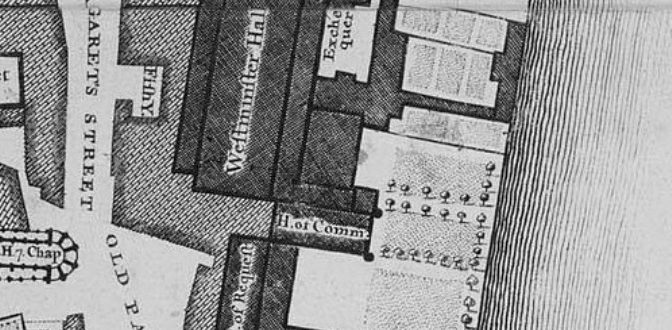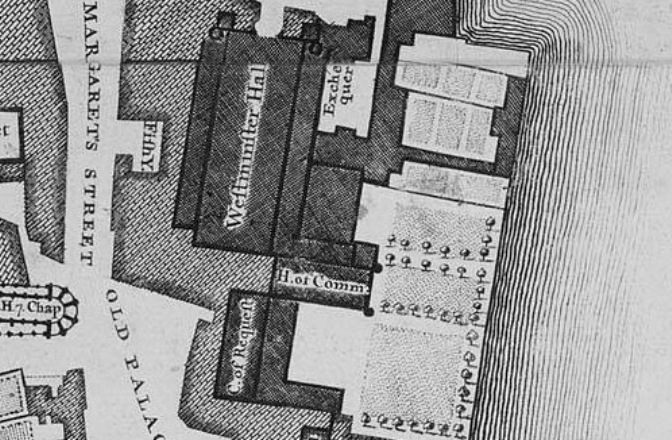13-19 April 1415: A Great Council Meeting and French Preparations
By Dan Spencer
This week saw the meeting of a great council and French preparations in anticipation of an English invasion.
On 15 April, Henry wrote to the king of France, stating that they should put aside their differences in support of the Church. This was again diplomatic posturing. English preparations for the invasion of France continued, as can be seen by the payments recorded by the Exchequer the following day. On 16 April Henry Bower, received £10 for making bows for the stores of the king and a further £10 for tools, including mattocks, for the ‘king’s voyage to Harfleur’.
An important meeting was held on 16 April at the Palace of Westminster, which was attended by the king’s brothers, the dukes of Clarence, Bedford and Gloucester, as well as the duke of York, eight earls, 14 barons and several bishops and abbots. The king told them that since the French had refused to do him justice in his claims to France, he was now fully minded to launch a military expedition to recover the rights of his French crown. But he told the assembly he only had enough cash to pay for the first quarter (3 months) in advance, and would therefore have to pay for further service at the end of each three months. The lords were willing to participate with their retinues but they wanted a sufficient guarantee in advance for the second three month period. This led to the king’s decision to use royal jewels and plate as surety.
Two days later the king announced the wage rates for a twelve month expedition. At this stage, however, he was still not making public exactly where he proposed to campaign, so he outlined both wages for an expedition to Gascony as well as to elsewhere in France. He wanted to keep the king guessing.
On 17 April it was decided that the duke of Bedford, the king’s second brother, should not accompany the campaign but instead be keeper of the realm during Henry’s absence in France. It was also decided that he should be assisted by eight council members.
There was anxiety about the defence of the north of England, since the Scots were allies of the French. Provision was also made for the defence of the area, with the levies from the northern counties available to resist any Scottish incursions, in addition to a force of 600 men-at-arms and archers and garrisons for Berwick, Roxburgh and Carlisle. A further 300 men were to defend Wales, 450 for the defence of the sea and 450 to bolster the garrison in the Pale of Calais.
French preparations to counter the expected invasion were also ongoing, with an order sent by Charles VI to the bailiff of Rouen on 19 April, to instruct him to ready the city against a possible English attack.
This information came from James Hamilton Wylie, The Reign of Henry The Fifth, Vol. I. 1413-1415 (Cambridge: Cambridge University Press, 1914), pp.453-6; TNA, E 403/621 m.1; A. Curry, Agincourt. A New History (History Press, 2006), p. 63.
The image of the Palace of Westminster was taken from Wikipedia from John Rocque’s 1746 map of London and is in the Public Domain.

